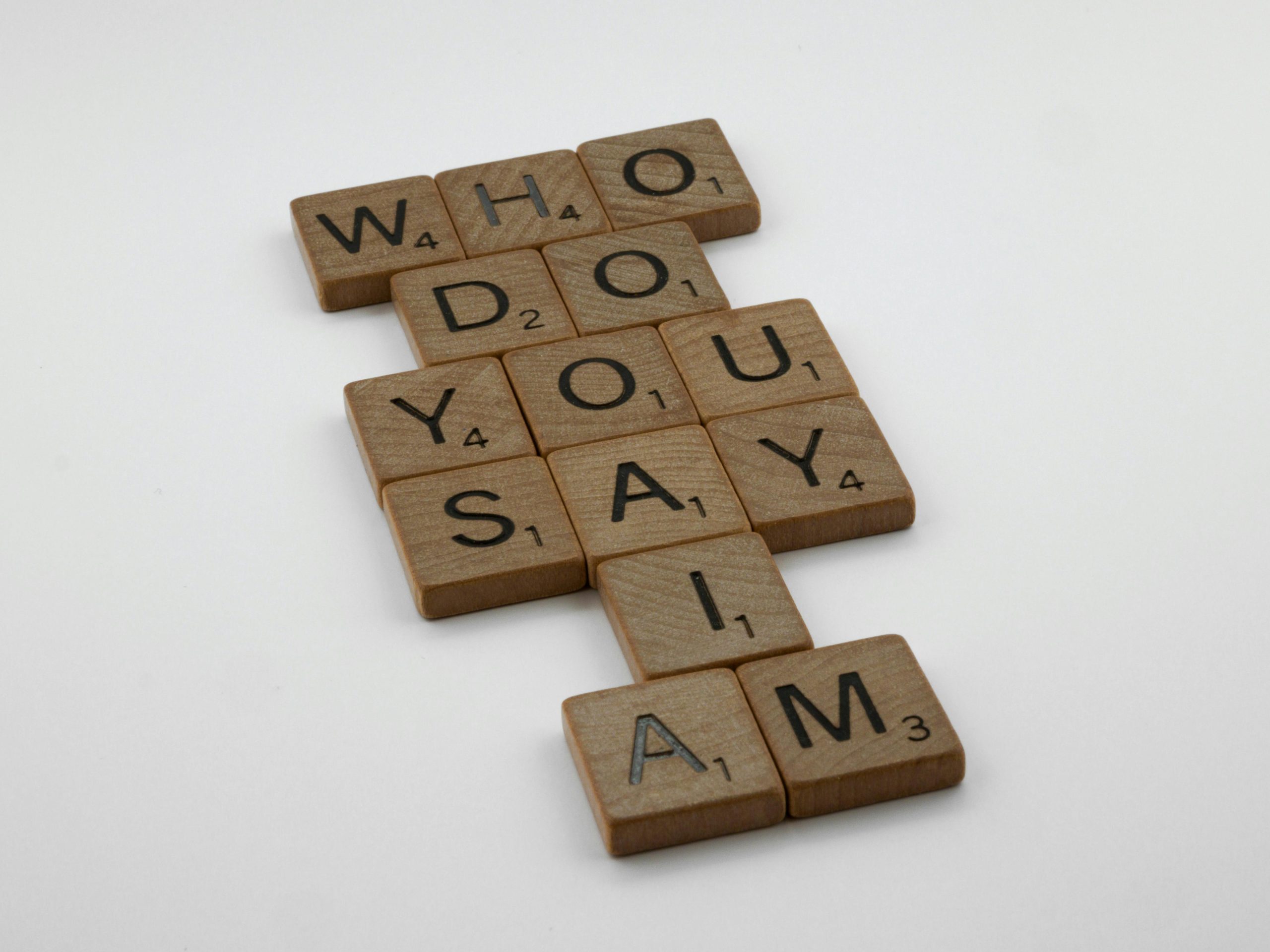Title: Navigating Classroom Dynamics: Dealing with Challenging Classmates
Every classroom has its unique personality mix, but there can be moments when one particular student stands out—not always for the best reasons.
You’ve probably encountered that one student who, for various reasons, tends to rub everyone the wrong way. Whether it’s obnoxious behavior such as picking their nose, invading personal space with playful antics, or any other disruptive actions, these behaviors can create tension and discomfort among peers.
What can be even more challenging is how this child’s actions impact the group’s overall atmosphere. As we navigate these dynamics, it’s essential for both teachers and students to find constructive ways to address the situation and foster a more positive environment.
Understanding the roots of such behavior can often lead to more empathy. Perhaps this student is seeking attention or is unaware of how their actions affect others. By approaching the issue with patience and finding appropriate channels for communication and resolution, we can promote a more supportive classroom experience for everyone involved.
In the journey of education, one of the most valuable lessons is not just about academic knowledge but also about learning how to coexist and engage with those who challenge us. Embracing those challenges can ultimately help cultivate a stronger sense of community within the classroom.

Dealing with challenging behaviors in a classroom setting is a common experience for many educators, and it’s important to approach such situations with understanding and strategy. Rather than focusing solely on the disruptive behavior, it can be beneficial to explore the underlying causes and to implement proactive strategies to create a more positive classroom environment.
Understanding the Behavior
Identify Triggers: It’s crucial to identify what triggers the behavior of the child in question. Sometimes, children act out due to various reasons, such as seeking attention, experiencing difficulties at home, or struggling with social skills. Observing when and how the behavior occurs can provide insights into potential triggers.
Empathy and Compassion: Many disruptive behaviors stem from unmet emotional needs. Practice empathy by considering what may be going on in the child’s life that drives their actions. For example, does the child struggle with forming friendships? Are they feeling neglected? Understanding the ‘why’ can equip you with better strategies to address the behavior.
Practical Strategies for Managing Negative Behaviors
Set Clear Expectations: Establish clear classroom rules and expectations regarding behavior. Make sure all students understand the consequences of their actions and the importance of mutual respect. This can create a more structured environment where everyone knows what is acceptable.
Positive Reinforcement: Rather than solely focusing on negative behaviors, highlight and reward positive interactions. Whether it’s through verbal praise, a sticker system, or a token economy, reinforce good behavior to encourage the child to replicate those actions.
Engage the Student: Find ways to engage the disruptive child positively. Try to involve them in class activities or give them responsibilities that foster a sense of belonging. This can provide them with a positive outlet for their energy and help them feel valued in the classroom community.
Implement Social Skills Training: Sometimes, problematic behaviors can be a result of poor social skills. Incorporating activities that teach empathy, conflict resolution, and communication can help kids navigate social interactions more effectively. Role-playing scenarios can also be a fun and effective way to teach these skills.
Seeking Support
Involve Parents/Guardians: Keeping an open line of communication with parents can be beneficial. If you notice persistent problematic behavior, discuss it with them to gather insights from home and to create a united approach to addressing the child’s needs.
Collaborate with Colleagues: Don’t hesitate to seek advice from fellow teachers or school counselors. Collaborative problem-solving can yield new strategies that have worked in similar situations.
Professional Development: Consider attending workshops or seeking resources on classroom management and behavior intervention strategies. Continuous learning can equip you with new tools and techniques for handling challenging classroom dynamics.
Conclusion
While the presence of a challenging student can be frustrating and create tension in the classroom, approaching the situation with empathy, structure, and a focus on positive reinforcement can lead not only to improved behavior but also to a more positive classroom environment overall. By seeking to understand the underlying motivations of the child’s actions and engaging them positively, you can help foster a learning atmosphere where all students can thrive.